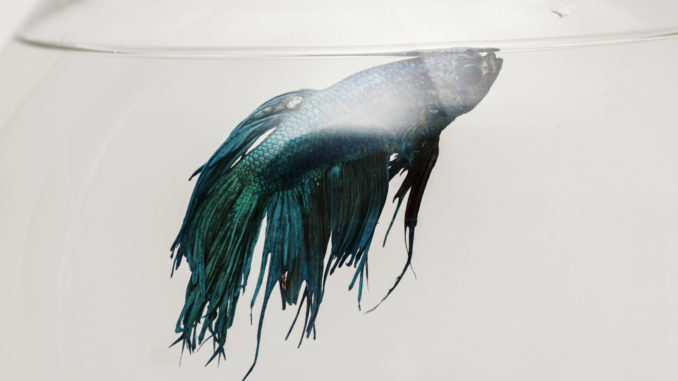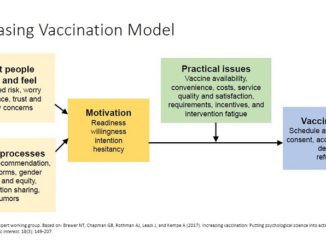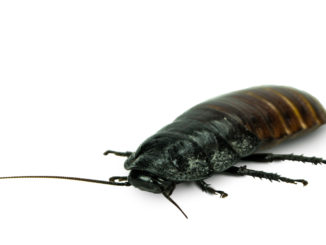
Fish diseases are broadly classified in to Bacterial, Environmental and Parasitic diseases. Microorganisms are present everywhere in the tank. However, the problem occurs when your Betta Fish is restless.
Betas are more prone to infection because of low resistant power. This causes a drastic change in their health and wellness that may result in death, if ignored.
Environmental diseases imply the surroundings, where your Betta Fish dwells. Adequate care and cleanliness of the fish tank help to keep the fungus and microorganisms away from your Betta fish.
Types of Diseases:
Parasites are small creatures and Oödinium is the most common disease-causing parasite in Bettas. In addition, bugs can literally make your Betta fish sick. Ichthyophthirius multifilis is also a kind of parasitic disease occurring in Betta fish.
Following are some of the Betta Fish diseases that come in the above-discussed three types.
Unionized Ammonia (NH3)
This is an environmental disease referred as Ammonia poisoning in simple terms. It occurs due to the below mentioned factors:
1. A new unhygienic tank
2. Many fishes dwelling in the same tank
3. Frequent water change
4. Filtration problems
Symptoms are as follows:
1. Fish struggling for oxygen
2. Rests at the bottom of the tank
3. Bleeding gills
4. Reddish streaks on the fins
5. Weakness and stationary
6. No food intake
To keep your Betta Fish healthy, you need to take regular care of the fish. If ignored, the poisoning will hurt and break the tissues of fish, resulting in red blood scratches all over the body. In long run, the central nervous system and brain might also deteriorate leading to death.
Flexibacter Columnaris
This is a bacterial disease also known as Mouth Fungus, Flexibater, Cotton Mouth, and simply Columnaris. It is usually found in catfish and live bearing Betta fishes.
Symptoms are as follows:
1. Fish making water unclean frequently
2. Low appetite with no nutritional value
3. Stress
4. White spots occurring all over the body
5. Rotten fins
6. Fungus on the affected area
The bacteria enter the fish from mouth, injured areas, bruises, and gills. It is a communicable disease resulting in death. The bacteria multiply drastically. The disease progresses quickly in high water temperatures, and hence lowering the temperature is not a solution to deal with this condition.
Oodinium Pilularis
This is a parasitic disease also called as Gold rust Disease or Velvet. Oodiniums are parasites, which are capable of eradicating the entire Betta fish population in your tank.
Symptoms are as follows:
1. Fish rubbing against objects
2. Sluggishness
3. Frequent and quick gill movement
4. Weight loss
5. Compressed and closed fins
Proudly WWW.PONIREVO.COM
Source by Leonard Clark Jr



